Jaume Amores
Optimizing Speed/Accuracy Trade-Off for Person Re-identification via Knowledge Distillation
Dec 07, 2018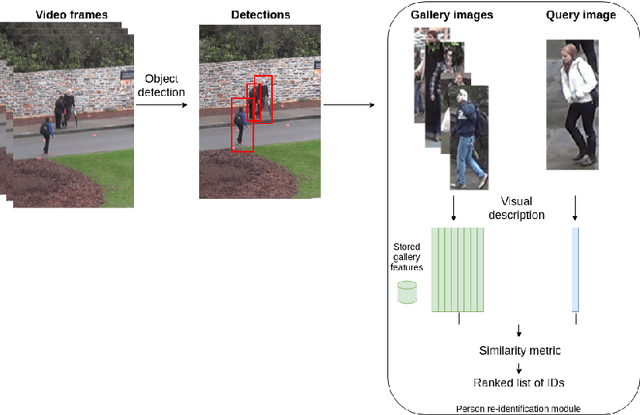

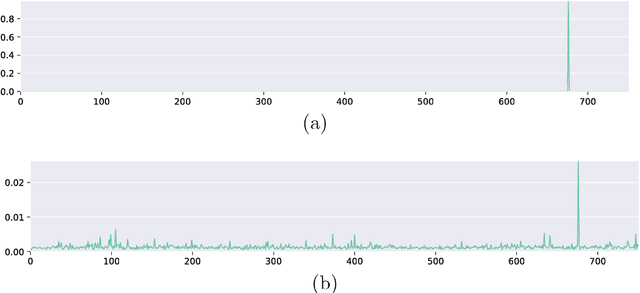
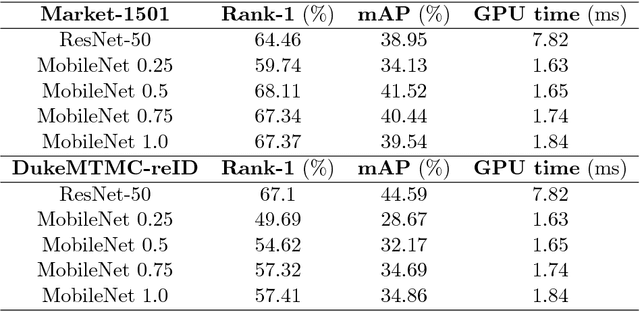
Abstract:Finding a person across a camera network plays an important role in video surveillance. For a real-world person re-identification application, in order to guarantee an optimal time response, it is crucial to find the balance between accuracy and speed. We analyse this trade-off, comparing a classical method, that comprises hand-crafted feature description and metric learning, in particular, LOMO and XQDA, with state-of-the-art deep learning techniques, using image classification networks, ResNet and MobileNets. Additionally, we propose and analyse network distillation as a learning strategy to reduce the computational cost of the deep learning approach at test time. We evaluate both methods on the Market-1501 and DukeMTMC-reID large-scale datasets.
Spatiotemporal Stacked Sequential Learning for Pedestrian Detection
Jul 14, 2014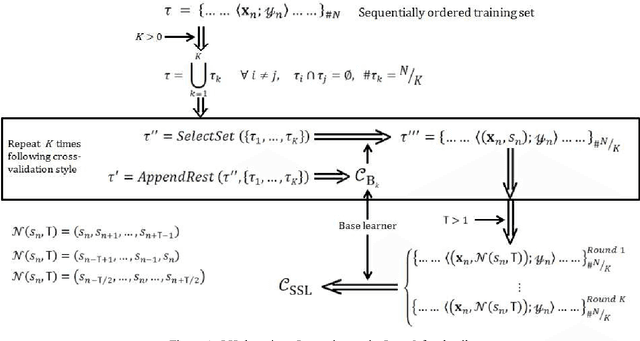

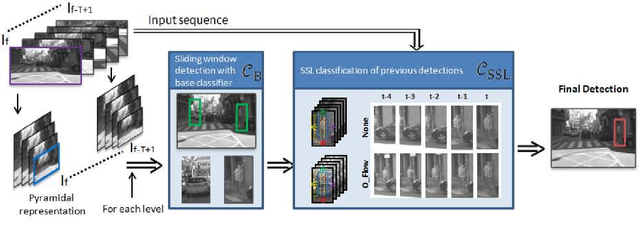
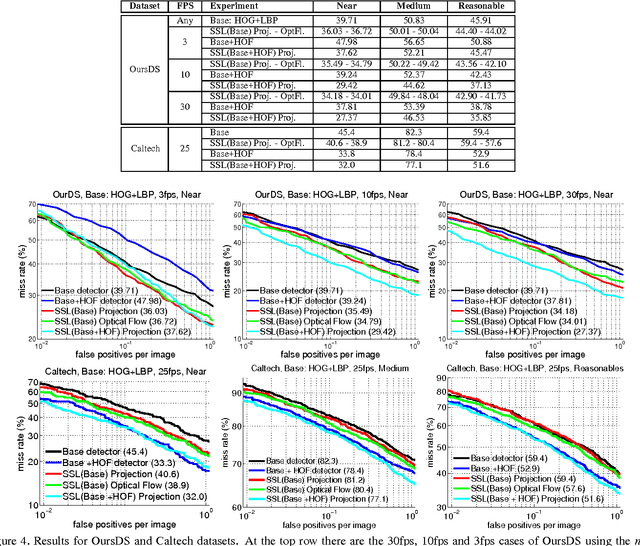
Abstract:Pedestrian classifiers decide which image windows contain a pedestrian. In practice, such classifiers provide a relatively high response at neighbor windows overlapping a pedestrian, while the responses around potential false positives are expected to be lower. An analogous reasoning applies for image sequences. If there is a pedestrian located within a frame, the same pedestrian is expected to appear close to the same location in neighbor frames. Therefore, such a location has chances of receiving high classification scores during several frames, while false positives are expected to be more spurious. In this paper we propose to exploit such correlations for improving the accuracy of base pedestrian classifiers. In particular, we propose to use two-stage classifiers which not only rely on the image descriptors required by the base classifiers but also on the response of such base classifiers in a given spatiotemporal neighborhood. More specifically, we train pedestrian classifiers using a stacked sequential learning (SSL) paradigm. We use a new pedestrian dataset we have acquired from a car to evaluate our proposal at different frame rates. We also test on a well known dataset: Caltech. The obtained results show that our SSL proposal boosts detection accuracy significantly with a minimal impact on the computational cost. Interestingly, SSL improves more the accuracy at the most dangerous situations, i.e. when a pedestrian is close to the camera.
 Add to Chrome
Add to Chrome Add to Firefox
Add to Firefox Add to Edge
Add to Edge